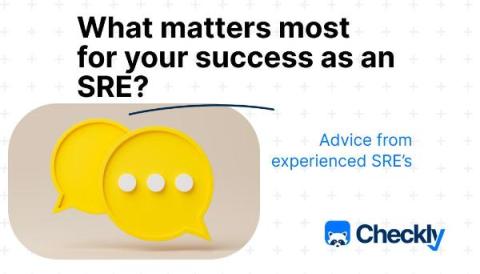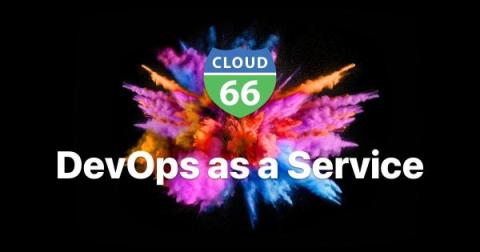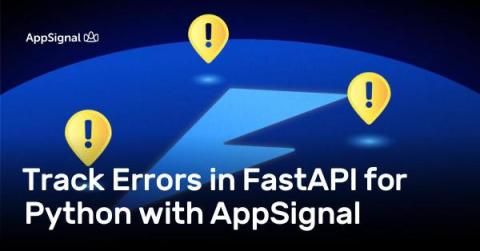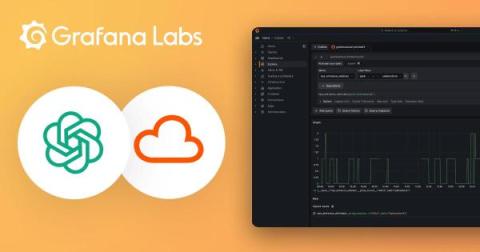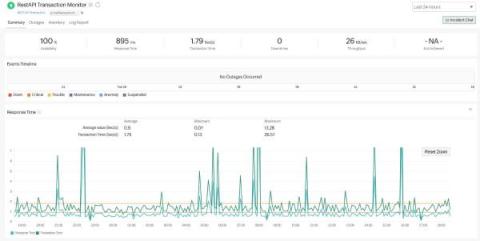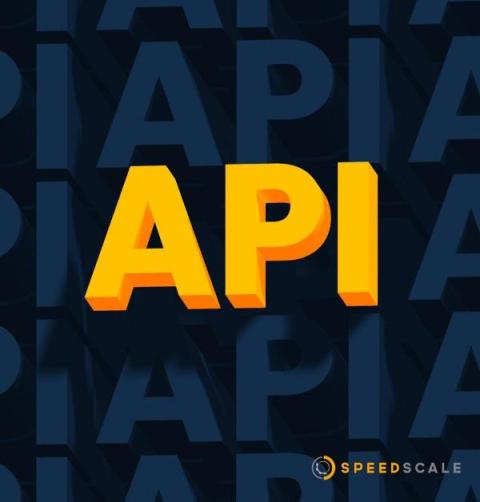Our Check Overview Page Has a Fresh New Look
We are very excited to announce that we redesigned our monitoring results chart to make it easier for you to understand check performance over time and easily investigate any past anomaly. The redesign is a result of our UX research that showed that the old check overview chart made it challenging for users to find check results from the past. While we were redesigning our monitoring results charts, we wanted to achieve two things: And, we achieved this in three attempts. Let’s dive in.



